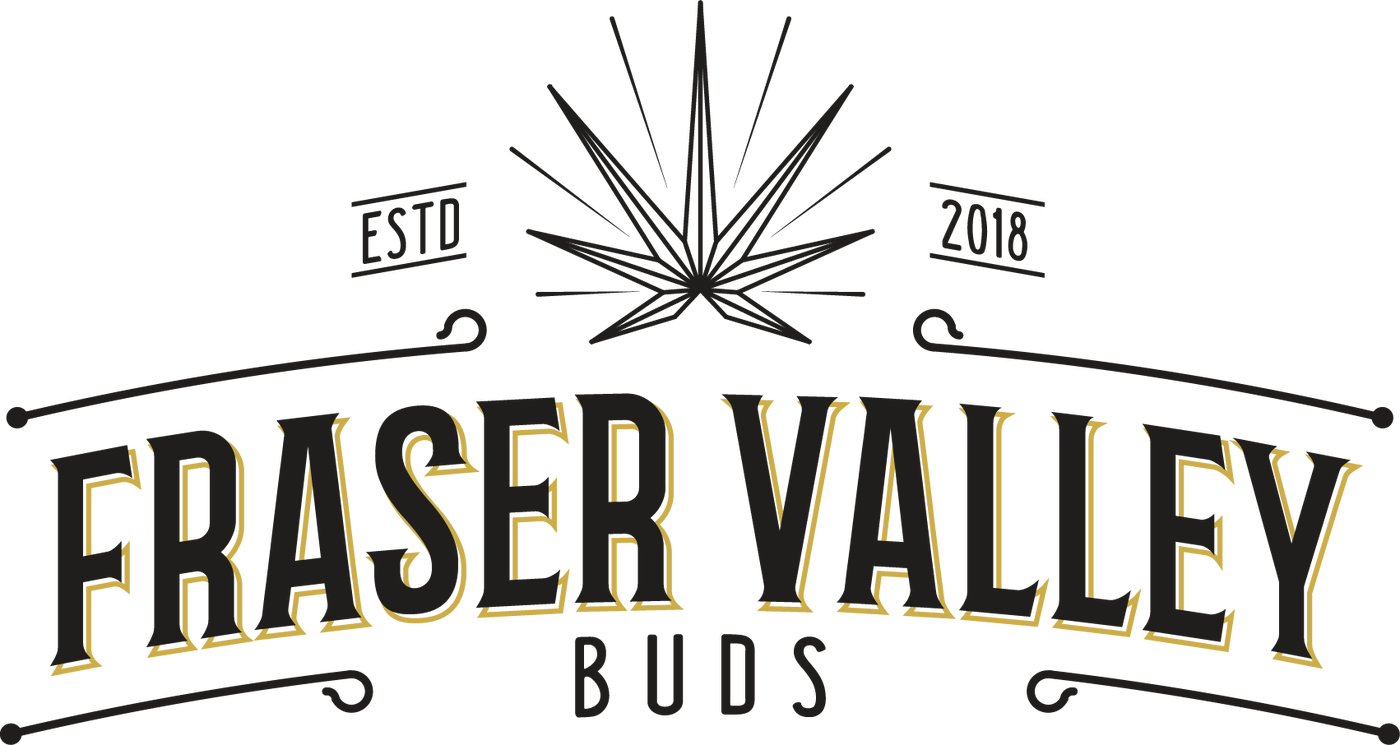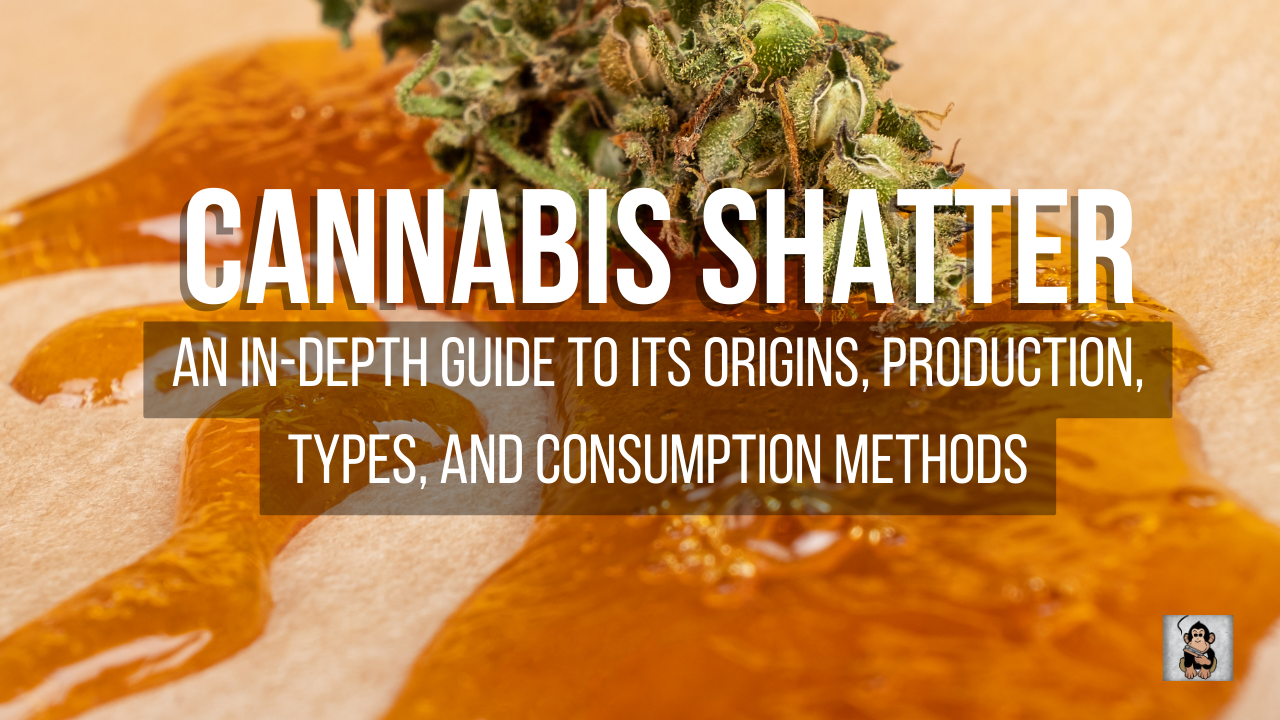Articles
Cannabis Shatter: An In-Depth Guide to Its Origins, Production, Types, and Consumption Methods
Welcome to our comprehensive guide on cannabis shatter! In recent years, cannabis concentrates have gained immense popularity among enthusiasts seeking potent and flavourful experiences. Among the various concentrates available, cannabis shatter stands out as a remarkable option. In this article, we’ll explore the origins of cannabis shatter, what it is, how it’s made, the different types available, and the various consumption methods associated with it.
Section 1: Origins of Cannabis Shatter
Cannabis shatter originated in the early 2000s, believed to have emerged from the Canadian cannabis scene. It quickly spread throughout North America and gained recognition for its high potency and unique glass-like appearance. The name “shatter” refers to its brittle consistency, which shatters into small, glass-like pieces when handled.
Section 2: What is Cannabis Shatter?
Cannabis shatter is a type of cannabis concentrate known for its high THC (tetrahydrocannabinol) content, the primary psychoactive compound found in cannabis. It is produced through an extraction process that isolates the cannabinoids and terpenes from the plant material, resulting in a highly concentrated and potent product. Shatter is known for its translucent appearance, resembling amber glass, and its texture that easily breaks into fragments when handled.
Section 3: Production of Cannabis Shatter
To create cannabis shatter, a solvent-based extraction method known as butane hash oil (BHO) extraction is commonly used. The process involves passing a solvent, usually butane or propane, over the cannabis plant material to extract the desired cannabinoids and terpenes. The resulting liquid mixture is then purged of the solvent, leaving behind a concentrated resinous substance. Through further refinement and careful application of heat and pressure, the desired shatter consistency is achieved.
Section 4: Types of Cannabis Shatter
Cannabis shatter can be categorized into various types based on factors such as strain, extraction method, and the presence of additional cannabinoids or terpenes. Here are a few common types:
- Strain-Specific Shatter: This type of shatter is made from a specific cannabis strain, allowing users to experience the unique characteristics and effects associated with that strain.
- Full-Spectrum Shatter: Full-spectrum shatter contains a wide range of cannabinoids and terpenes, offering a more holistic experience known as the entourage effect. It retains the natural balance found in the original cannabis plant.
- High-CBD Shatter: While most shatters are THC-dominant, high-CBD shatter is specifically formulated to contain elevated levels of cannabidiol (CBD), a non-psychoactive compound known for its potential therapeutic benefits.
Section 5: Consumption Methods for Cannabis Shatter
When it comes to consuming cannabis shatter, there are several popular methods:
- Dabbing: Dabbing involves using a specialized dab rig, which consists of a water pipe or bong, a nail or banger (typically made of quartz or titanium), and a torch. The shatter is placed on the heated nail or banger, instantly vaporizing the concentrate, and the resulting vapor is inhaled through the pipe.
- Vaporization: Vaporizers designed for concentrates provide a convenient way to consume shatter. These devices heat the shatter to a temperature that vaporizes the cannabinoids and terpenes, producing a smooth vapor that can be inhaled. Vaporizers offer precise temperature control, allowing users to customize their experience.
- Topical Application: Some cannabis shatters can be used topically, applied directly to the skin for localized relief. They are commonly infused into creams, lotions, or balms, offering potential benefits for muscle soreness, inflammation, and skin conditions.
- Edibles: Shatter can also be incorporated into homemade edibles. By decarboxylating the shatter (heating it to activate the cannabinoids), it can be mixed into oils or butter to infuse into recipes such as baked goods, candies, or savory dishes.
- Twaxing: Twaxing involves adding a small amount of shatter to the outer surface of a joint, blunt, or bowl of cannabis flower. As the flower burns, the shatter melts and enhances the potency and flavor of the overall smoking experience.
Cannabis shatter has revolutionized the world of cannabis concentrates with its high potency and unique glass-like texture. Originating from Canada, it has become a popular choice among cannabis enthusiasts. Through the extraction process, shatter is created using solvents like butane or propane, resulting in a concentrated resinous substance. With different types available, users can choose strain-specific, full-spectrum, or high-CBD shatter based on their preferences.
When it comes to consumption, dabbing and vaporization are the most common methods, offering quick and potent effects. Topical application and incorporating shatter into edibles provide alternative ways to experience its benefits. Additionally, twaxing allows users to enhance the potency of their smoking sessions.
Remember, cannabis shatter is highly potent, so it’s important to start with small doses and gradually increase as needed. As with any cannabis product, always ensure you are in compliance with local laws and regulations before using cannabis shatter.
We hope this guide has provided valuable insights into the world of cannabis shatter. Whether you’re a seasoned concentrate enthusiast or curious about trying it for the first time, shatter offers a potent and flavorful experience that continues to captivate cannabis connoisseurs worldwide.

